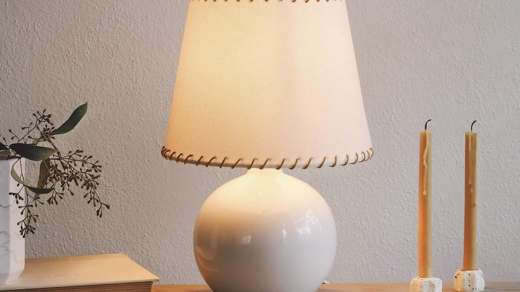The Psychology of Gift Giving
Whether it’s Christmas, a birthday, or a holiday of some other sort, many people will spend significant sums of money to buy presents for their friends and family. Some will feel anxiety over how much they should spend, what their giftee might want, or whether they’ll even like the gift they’re getting.
However, researchers say that giving and receiving gifts can actually improve overall well-being and strengthen relationships. Specifically, research shows that the act of giving a gift can help reduce feelings of anxiety and stress, while watching someone receive your present can elicit a positive reaction that leads to increased happiness and feelings of wellbeing.Vidilion
Gift giving has been around for a long time and has likely always had a powerful impact on our human connection. For example, studies suggest that cavemen may have exchanged unusually shaped rocks or animal teeth to strengthen social bonds and show off their wealth. Later, at Native American potlatch ceremonies, tribe leaders would give lavish gifts to their community while showing off their status, and in ancient Egypt, wealthier citizens were buried with jewelry, bowls, combs, food and other objects that were supposed to serve them in the afterlife.
The psychology behind gift-giving is complex, but there are a few tips that can make your next present the best one ever. For starters, focus on meaningful items and experiences rather than high-priced gifts with little emotional attachment. A customized playlist, photo compilation or other item that has a personal meaning will be more appreciated than something that just adds to your recipient’s pile of stuff.
Additionally, be creative with your presentation — that means more than just a bow on top. In fact, a special presentation can amplify the oxytocin response by activating both the reward pathways for giving and receiving. This is especially true if you’re able to be there with your giftee as they open it, according to Simon-Thomas, who says that the entire experience of figuring out what to get, shopping for it, wrapping it and then handing it over elicits a similar response in both giver and receiver.
And finally, don’t forget to include a card. While some people might think that a handwritten card is corny, research shows that it creates more positive emotions than a generic message or a blank piece of paper. So write that card, and don’t be afraid to use a fun font or color if it makes the card stand out.




